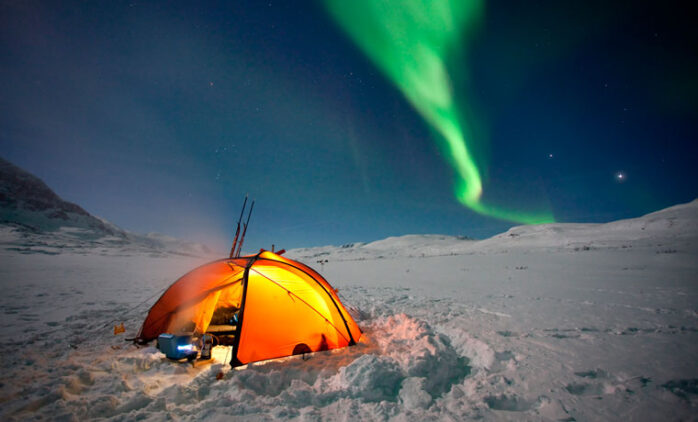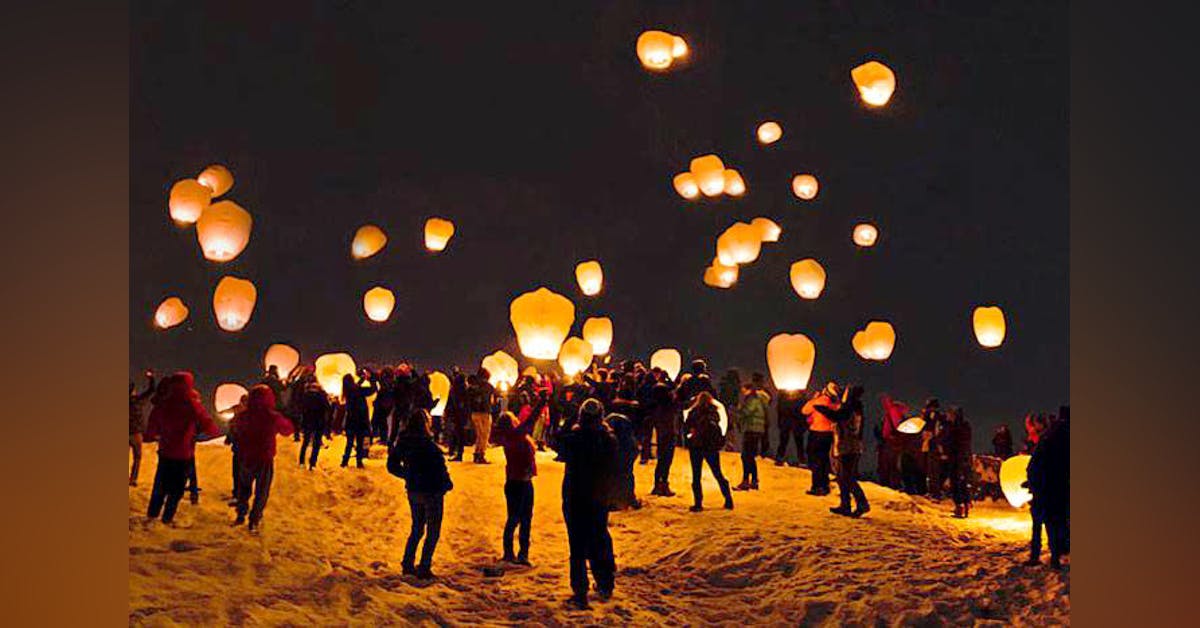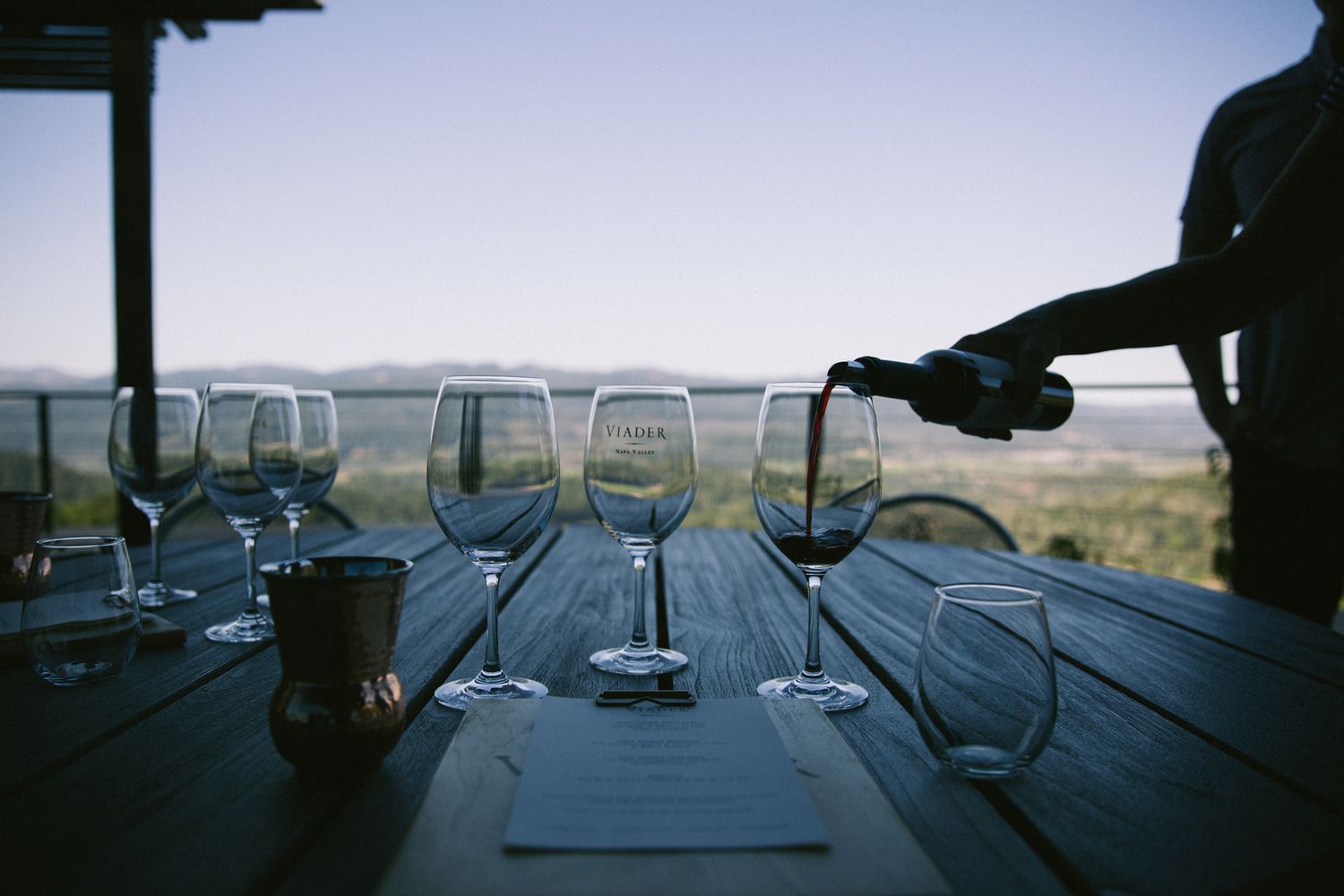What Are the Best Tents for Winter Camping?
Finding a shelter that can protect you is critical when shopping for a tent to use for winter camping. Winter tents differ from summer tents, yet some concepts remain the same. Winter storms are unpredictable and devastating, so you’ll need shelter to survive.
Here are some suggestions and alternatives for remaining warm and dry during the harsh winter nights:
Tents with two walls
Winter camping requires a double-walled tent. A single-wall tent will not keep you dry from the outside or from dampness on the inside. Double-walled tents keep moisture out better because they contain two layers of fabric, one waterproof and one that keeps out wind and snow.
Tents with Geodesic or Dome Shapes
These tents are also known as geo domes since their shape and structure are similar to geodesic domes. Because they have fewer poles than regular tents, they are exceptionally sturdy and stable in high winds and heavy snowfall, allowing them to resist greater gusts without collapsing on top of you. The disadvantage is that they take up more space than other types of tents, but this shouldn’t be an issue if you’re only travelling on short vacations because they can be packed down quite tiny once they’re taken down.
Waterproofing and strong zippers
You don’t want your winter tent ripping open in the middle of a storm, so be sure its zippers are sturdy enough to survive rough use in winter circumstances. You also want your tent to be waterproof so that it does not absorb water when it rains or snows outside.
Snow Skirts or Snow Flaps for Tents
These tents include an extension that wraps around the bottom and keeps snow out. It will help keep your tent from becoming snow-filled if it snows heavily. Furthermore, if it’s windy, this skirt will keep the wind from blowing up into your tent as much as it would otherwise. It is also useful for getting in and out of your tent because it eliminates the need to remove all of your outer clothing, which could result in further heat loss.
Footprint Stuffing
A footprint is a sheet that is placed beneath a tent to protect it from pebbles, sticks, pine cones, and other sharp items in the ground. It also keeps it clean when you’re hiking in with all your things on top of it. When not in use, a stuffable footprint can be rolled up and stored in a supplied pouch, saving space in your pack. This is especially useful if you’re carrying a small ultralight backpacking backpack.
Tents with two pitches
Double-pitched tents provide more headroom inside than single-pitched tents, making them ideal for cold-weather camping. They also provide greater living space than single-pitch tents, making them ideal if more than one person in your family or group wants to sleep in the same tent or if someone has a lot of stuff.
Tents that stand alone
Free-standing tents are available in a wide range of designs, sizes, and materials. Many of these tents have extra features such as mesh windows that keep snow out while allowing sunlight to pass through as white light via the mesh. Some also feature vestibules where you can keep your gear out of the elements when not in use. Aside from that, they’re pretty much like any other tent, with one notable exception. Free-standing tents, unlike non-freestanding tents, can be pitched without first attaching them to the ground with stakes or ropes.
Sleeping Bags Made of Down
Down sleeping bags are perfect for winter camping because they give more warmth than synthetic options without adding bulk or weight. When temperatures drop into the single digits or below zero degrees Celsius (32F), look for down bags rated at least 0F (minus 18C) or higher.
Sleeping Pads for the Winter
A high-quality sleeping mattress is necessary for any camper, especially while camping in cold weather. Look for one with insulation on both sides to help trap heat inside while keeping moisture away from your body’s underbelly.
Tents for Four Seasons or Mountaineering
Four-season or mountaineering tents are built to resist harsh winter conditions. They’re composed of tough materials and offer plenty of space for all your things. Four-season tents typically have two openings, allowing you to enter and exit without bringing snow into the tent. They also include many poles for added stability and vestibules for gear storage.
Four-season tents are classified into two types: double wall and single wall. Double wall tents are heavier than single wall tents because they have a waterproof rainfly that covers the entire tent body as well as a porch fly that covers only the upper half of the tent body. If you expect to camp in really cold or wet situations where condensation may be an issue with a single-wall design, the extra weight is worth it. Because single-wall designs lack an inner layer or ground fabric, they are lighter and less expensive than double-wall variants, but they are not as watertight.
Dimensions and Space
The size of your tent will be determined by the number of people that will sleep in it. A 2-person tent is ideal if you have a small family or wish to camp alone. If you’re going camping with friends or a large family, opt for a 4-6 person tent.
When deciding on the correct tent size, keep in mind how much space each person requires. If you need more space, get a larger one, but if you just need it for one person, get a smaller one to avoid wasting space and money on superfluous supplies like poles and ropes.
Conclusion
Camping in the winter may be a really rewarding experience. However, having the right equipment, especially a high-quality winter tent, is critical to maximizing your chances of enjoying the outdoors rather than enduring it. You should also take all care to avoid any unexpected mishaps, such as hypothermia or frostbite, from ruining your pleasure. Winter camping is about being prepared as much as it is about having fun in nature.
You can also read about: How to Land Your Dream Plumbing Job: Tips and Strategies for Job Seekers




Post Comment